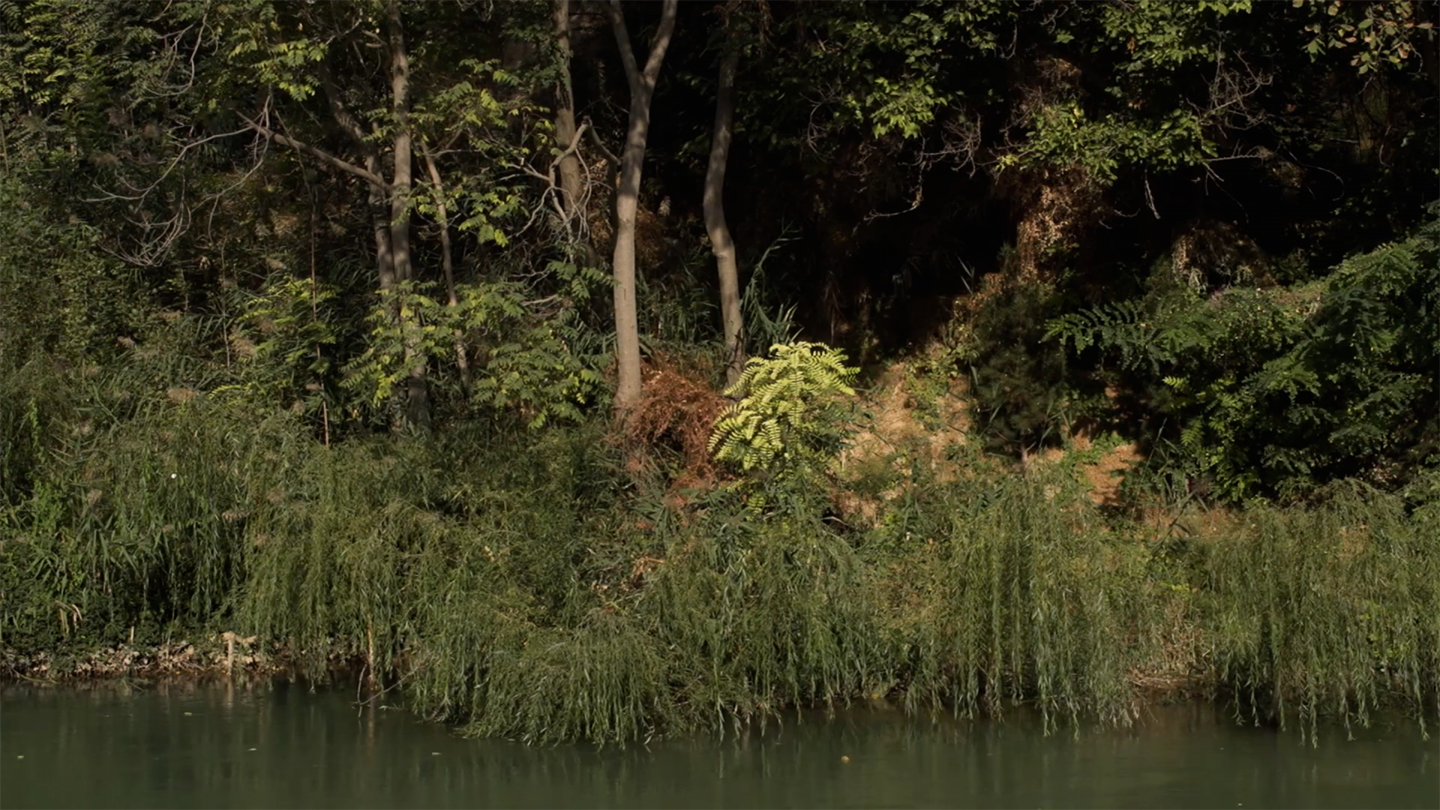Edward Cody, “Pollution Leaves Beloved Dolphin Of Yangtze ‘Functionally’ Extinct,” Washington Post, December 14, 2006.
Robert MacFarlane, “Ghost Species,” Granta, no. 102 (2008) →.
Ursula K. Heise, “Lost Dogs, Last Birds, and Listed Species: Cultures of Extinction,” Configurations 18, no. 1 (2010): 63.
Frédéric Neyrat, “Ghosts of Extinction: An Essay in Spectral Ecopolitics,” Oxford Literary Review 41, no. 1 (July): 89.
Steven C. Latta et al., “Multiple Lines of Evidence Indicate Survival of the Ivory-Billed Woodpecker in Louisiana,” BioRxiv, April 8, 2022 →.
Hito Steyerl, “In Defense of the Poor Image,” e-flux journal, no. 10 (2009) →.
Bram Büscher, “Between Overstocking and Extinction: Conservation and the Intensification of Uneven Wildlife Geographies in Africa,” Journal of Political Ecology 28, no. 1 (2021): 764.
William M. Adams, Shane McCorristine, and Adam Searle, “Conjuring Up Ghost Species: On Photography and Extinction,” in Extinction and Memorial Culture: Reckoning with Species Loss in the Anthropocene, ed. Hannah Stark (Routledge, 2023), 143.
Roland Barthes, Camera Lucida: Reflections on Photography (Hill and Wang, 2010), 27.
Shane McCorristine and William M. Adams, “Ghost Species: Spectral Geographies of Biodiversity Conservation,” Cultural Geographies 27, no. 1 (2020): 105.
Michael Mayerfeld Bell, “The Ghosts of Place,” Theory and Society 26, no. 6 (1997): 813.
Saodat Ismailova et al., Saodat Ismailova: 18000 Worlds, ed. Marente Bloemheuvel (NAI Publishers, 2023), 71.
Thom van Dooren, The Wake of Crows: Living and Dying in Shared Worlds (Columbia University Press, 2019), 76.
Jeremy Hance, “Extinct Animals Are Quickly Forgotten: The Baiji and Shifting Baselines,” Mongabay Environmental News, February 23, 2010 →.
Judith Butler, Frames of War: When Is Life Grievable? (Verso, 2016).
Owain Jones, Kate Rigby, and Linda Williams, “Everyday Ecocide, Toxic Dwelling, and the Inability to Mourn: A Response to Geographies of Extinction,” Environmental Humanities 12, no. 1 (2020): 394.
Neyrat, “Ghosts of Extinction,” 89.
Jacques Derrida, Specters of Marx: The State of the Debt, the Work of Mourning, and the New International (Routledge, 1994), 6.
“WWF Living Planet Report: Devastating 69 percent Drop in Wildlife Populations since 1970,” WWF, October 13, 2022.
Barthes, Camera Lucida, 92.
Hugo Reinert, “Face of a Dead Bird: Notes on Grief, Spectrality and Wildlife Photography,” Rhizomes, no. 23 (2012).
McCorristine and Adams, “Ghost Species,” 104.
Thom van Dooren, Flight Ways: Life and Loss at the Edge of Extinction (Columbia University Press, 2014), 143.
John Knight, “On the Extinction of the Japanese Wolf,” Asian Folklore Studies 56, no. 1 (1997): 149.
Barthes, Camera Lucida, 20.
A team of researchers surveyed adults from fourteen European countries and found that a fear of nature had “a clear negative impact on the natural environment and is likely to be related to a more distant relationship with nature.” Miles Richardson et al., “Country-Level Factors in a Failing Relationship with Nature: Nature Connectedness as a Key Metric for a Sustainable Future,” Ambio 51, no. 11 (November 2022): 2202.
Derrida, Spectres of Marx, 7.
John Berger, Why Look at Animals? (Penguin, 2009), 37, 27.
Stanley Wolukau-Wanambwa, “Sans Parole: Reflections on Camera Lucida, Part 1,” e-flux journal, no. 124 (February 2022) →.
Radhika Govindrajan, “Spectral Justice,” in The Promise of Multispecies Justice, ed. Sophie Chao, Karin Bolender, and Eben Kirksey (Duke University Press, 2022), 39.
Michael Cholbi, Grief: A Philosophical Guide (Princeton University Press, 2022), 23.
Elizabeth Wijaya, “To Learn to Live with Spectral Justice: Derrida–Levinas,” Derrida Today 5, no. 2 (November 2012): 236.
Barthes, Camera Lucida, 90.
This quote is from an unpublished presentation at the 20th Annual Interdisciplinary Conference “Strange Things: Alternatives, Imaginaries, and Other(world)s” (2023). Rebekah Simcha Otto, “How To Defy Death: Mapping the Future Through Black Hauntologies,” 2022.
